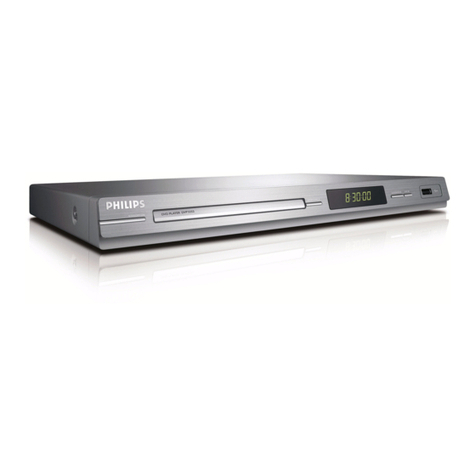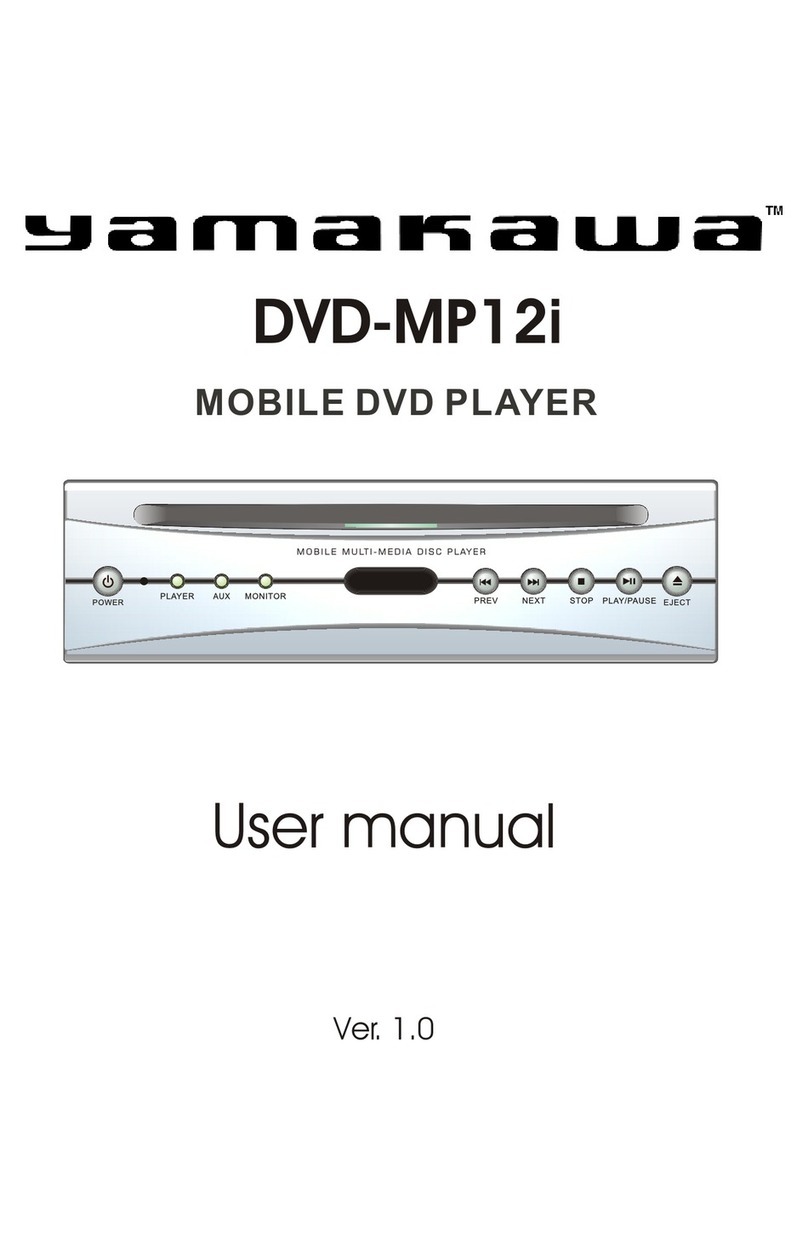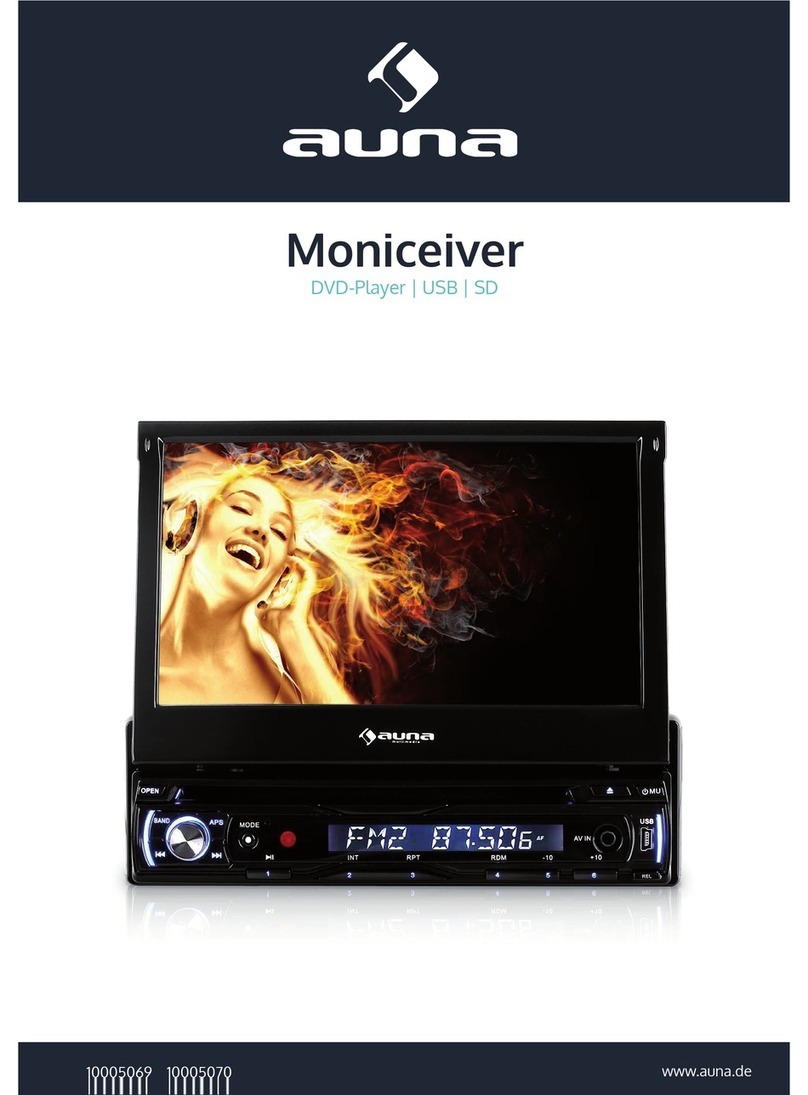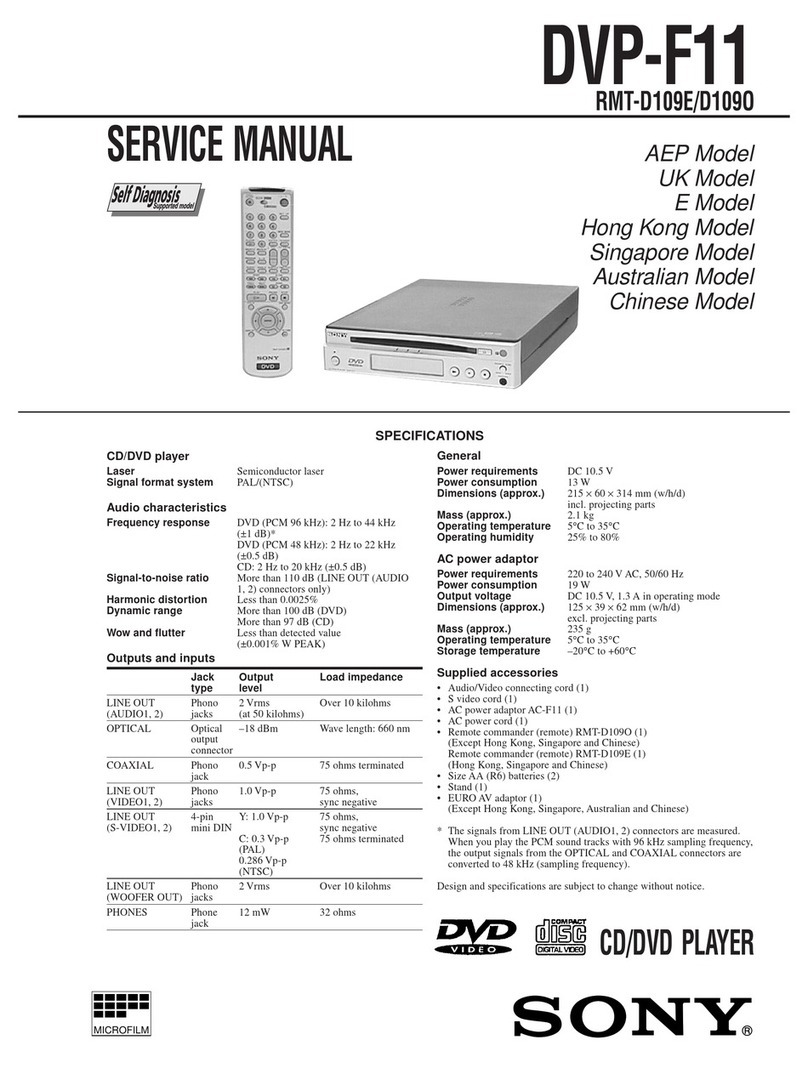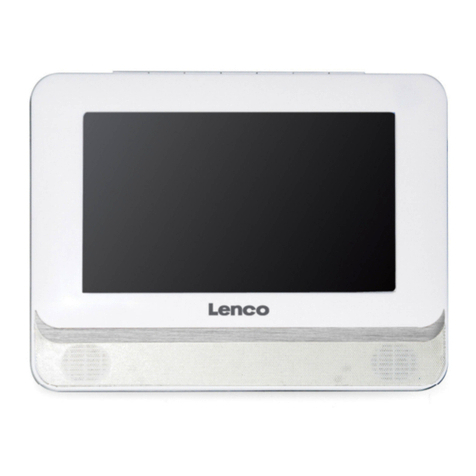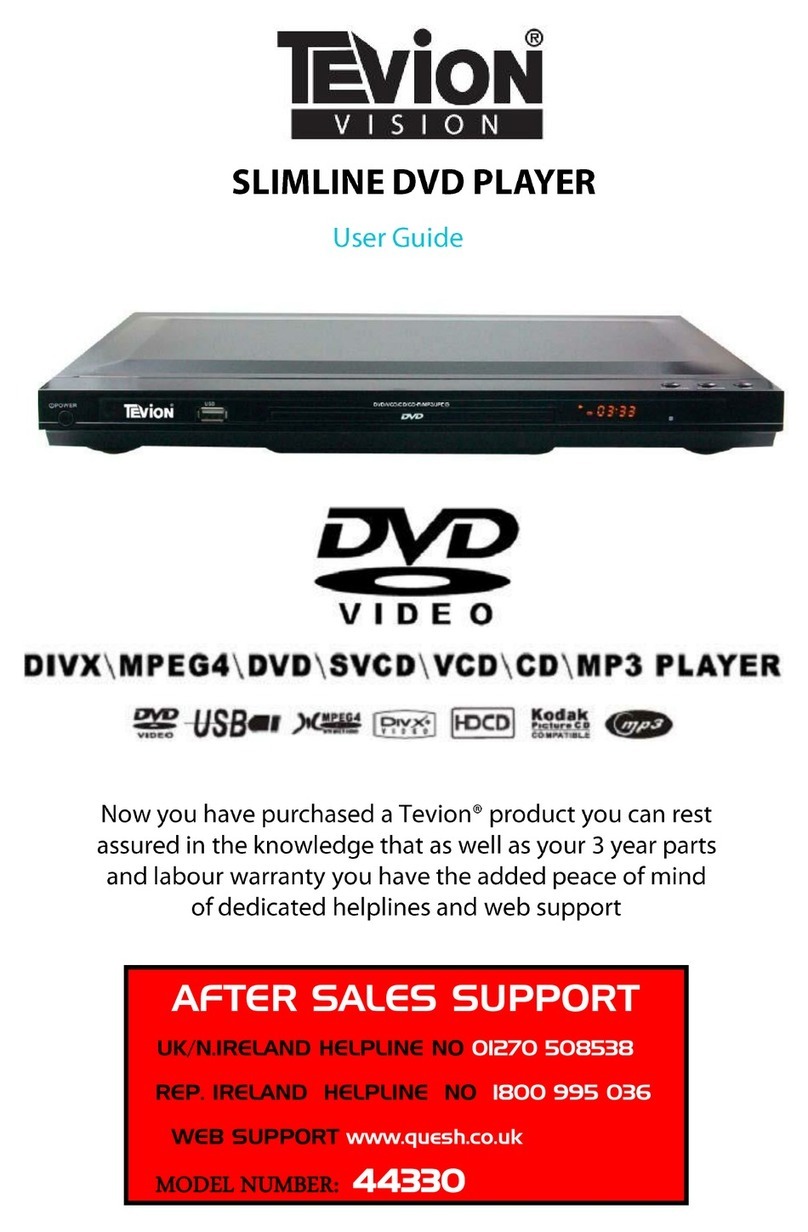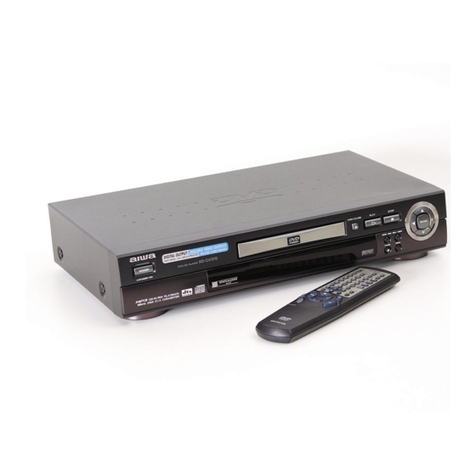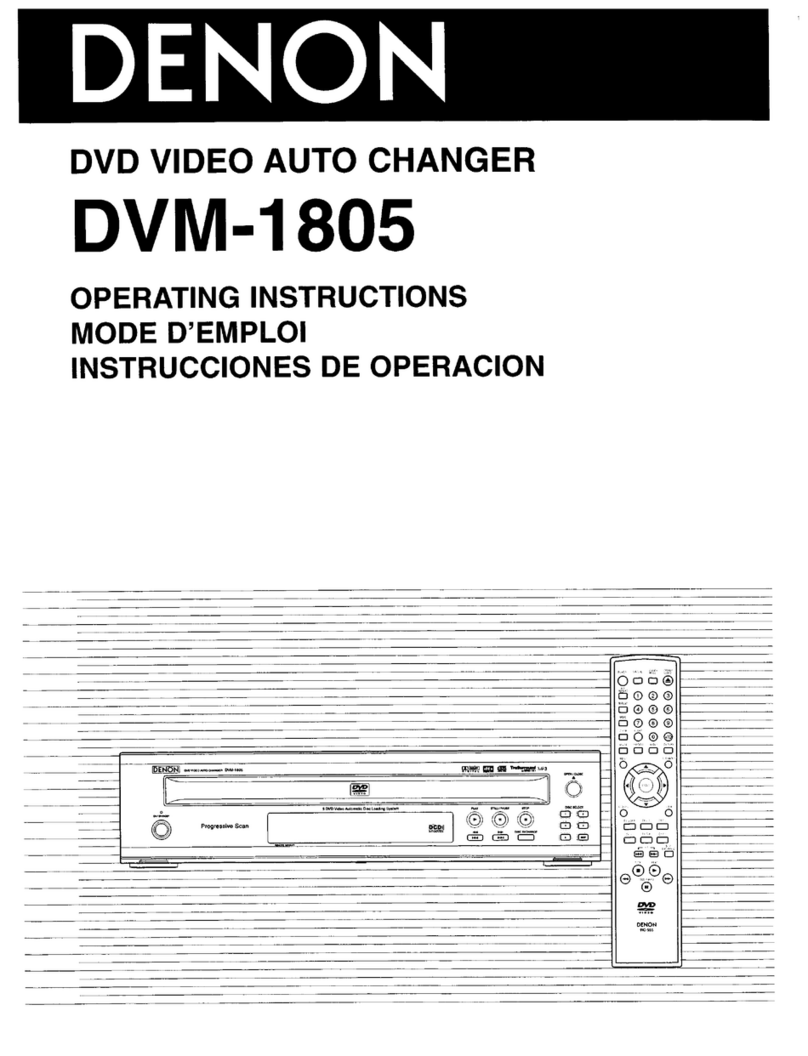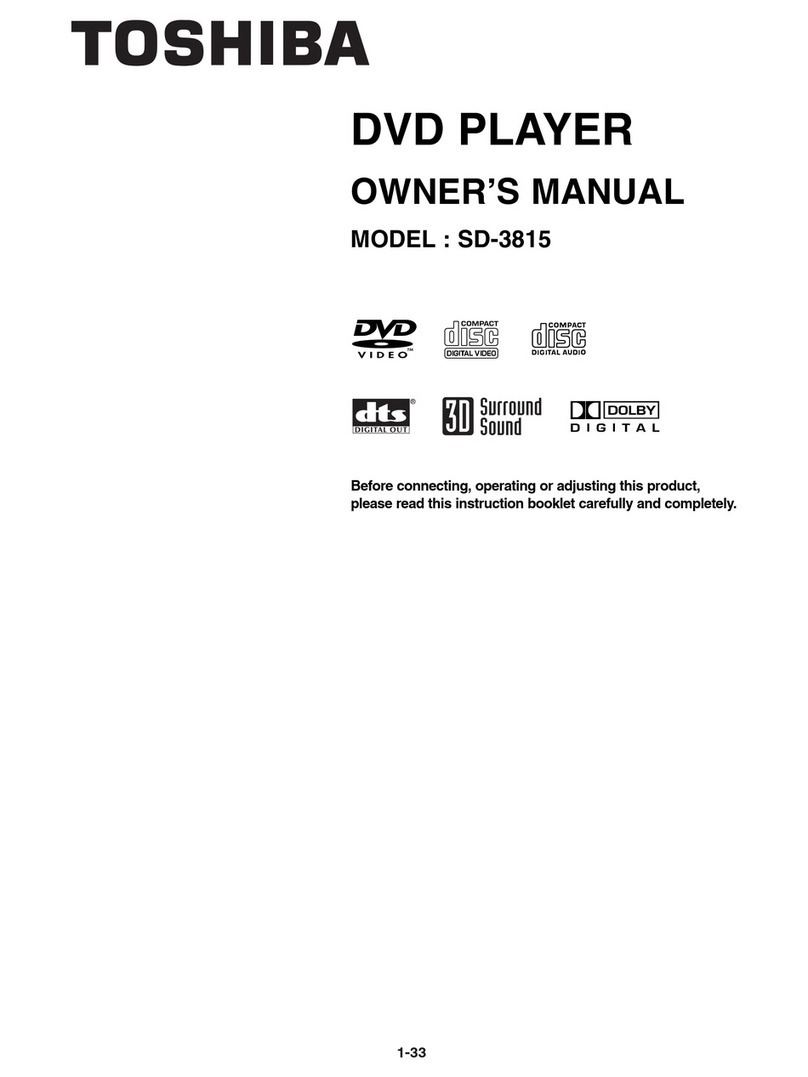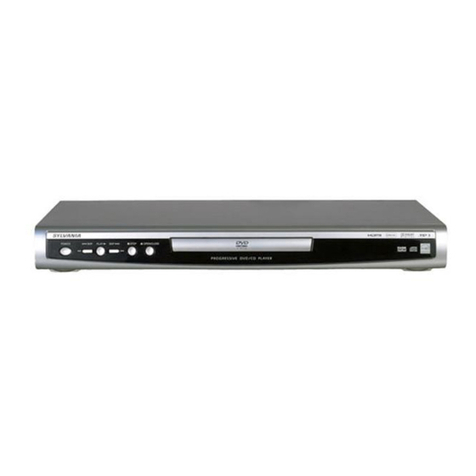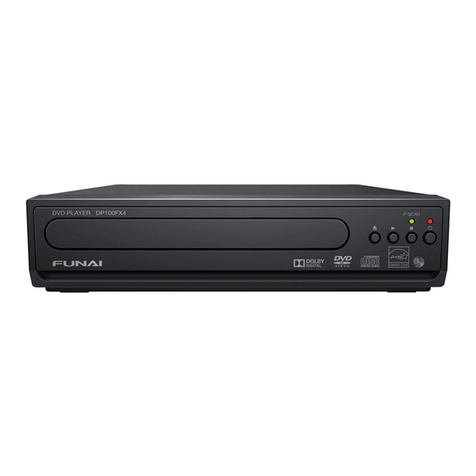Philips DVP620VR User manual
Other Philips DVD Player manuals

Philips
Philips DVP3820 User manual

Philips
Philips DVP3111/77 User manual
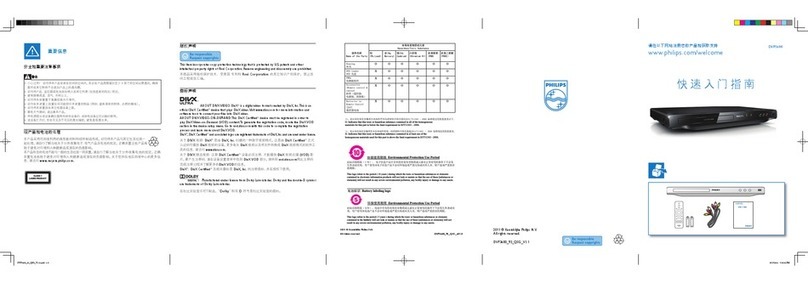
Philips
Philips DVP3600 User manual

Philips
Philips DivX DVP3146K User manual

Philips
Philips DVD616K/P01 User manual
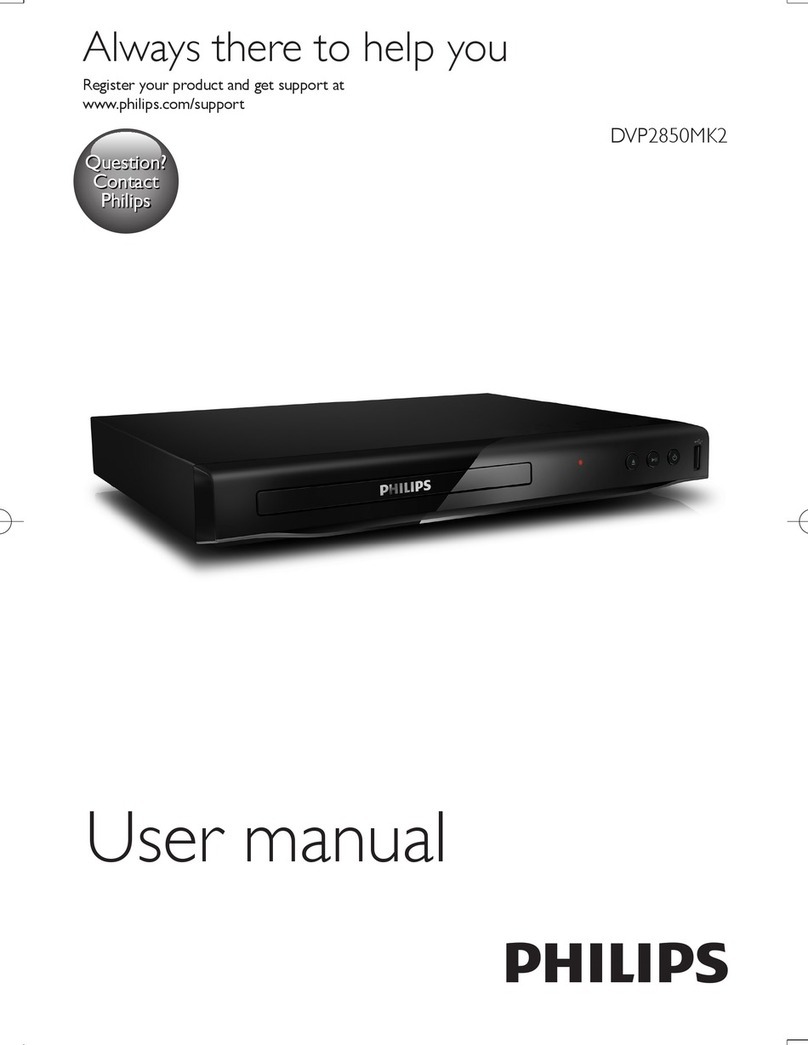
Philips
Philips DVP2850MK2 User manual

Philips
Philips DVP3850K/96/98 User manual
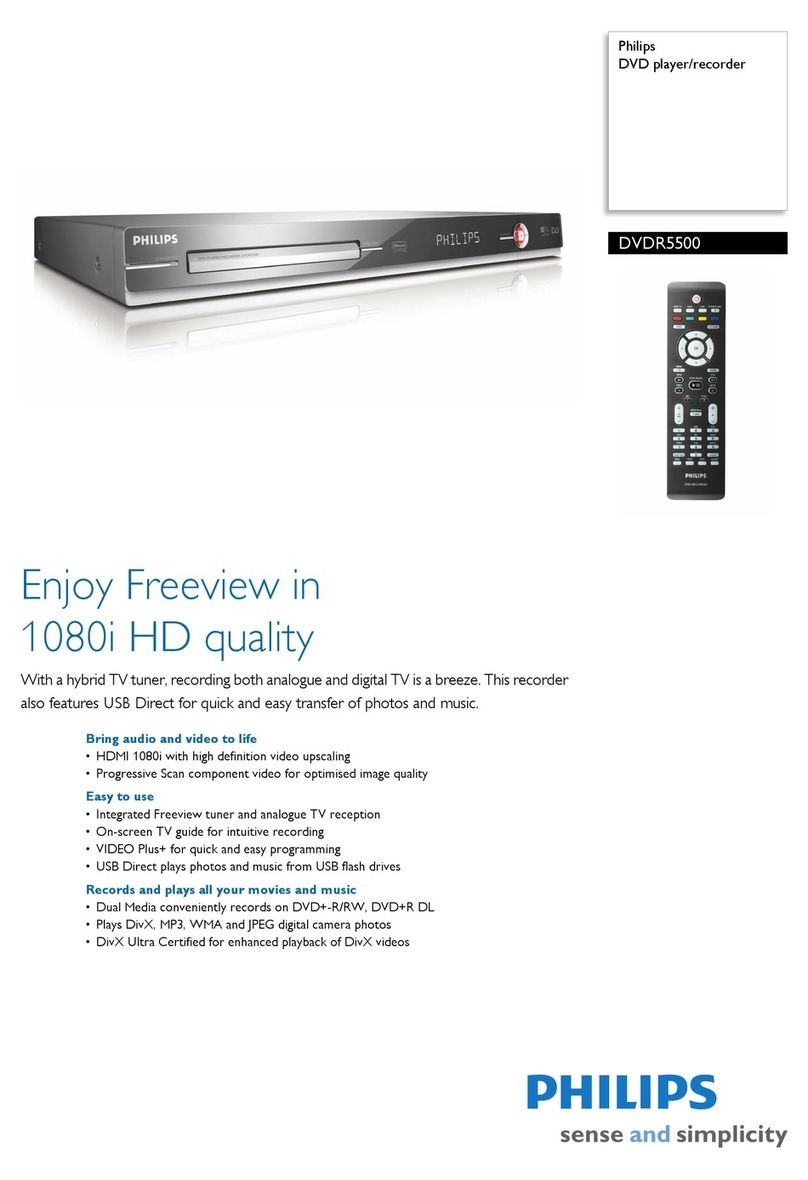
Philips
Philips DVDR5500 User manual

Philips
Philips DVD634 User manual

Philips
Philips DVP3268 User manual

Philips
Philips DVP3858X/94 User manual

Philips
Philips DVP3820/96 User manual
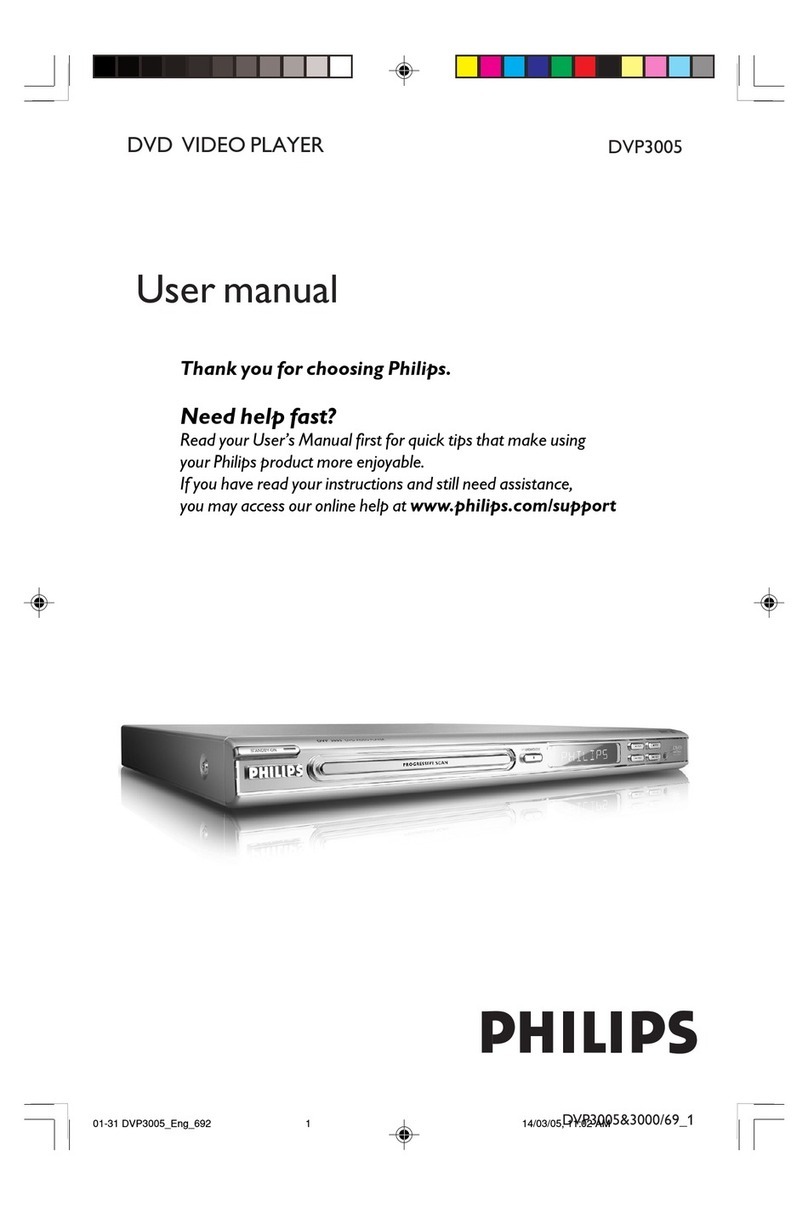
Philips
Philips DVP3000/69 User manual

Philips
Philips BDP5406 User manual

Philips
Philips DVD700 User manual

Philips
Philips DVP3850G/05 User manual
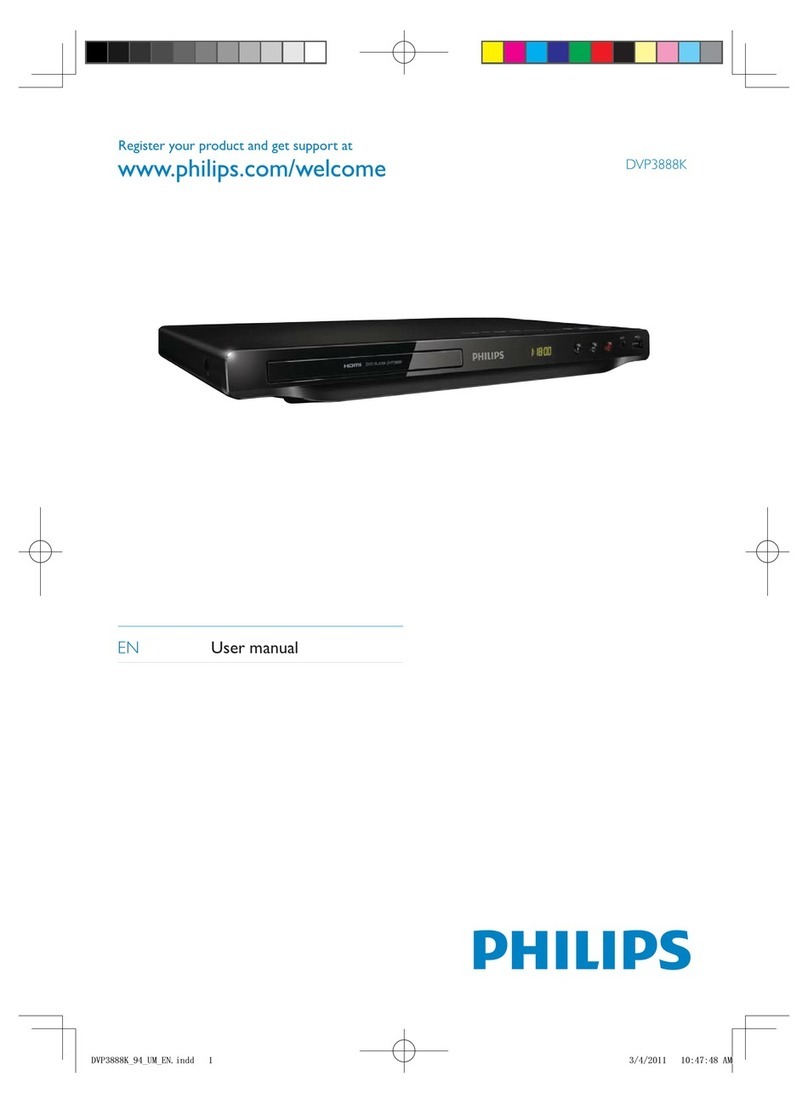
Philips
Philips DVP3888KX/94 User manual

Philips
Philips DVP3350K/55 User manual
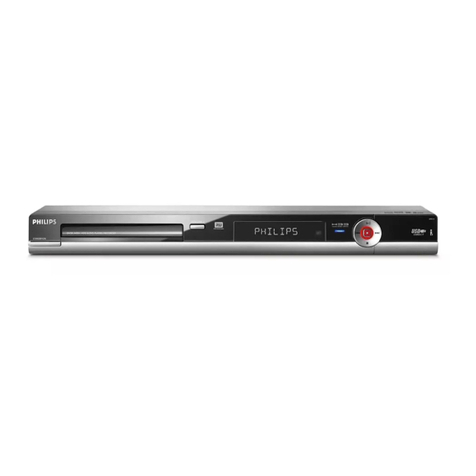
Philips
Philips DVDR3455H User manual

Philips
Philips DVP5980K/55 User manual



